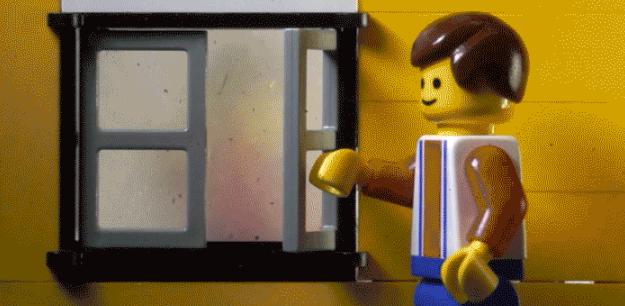 An OVER-Heating Lesson For Double Glazing- From Siberia!
An OVER-Heating Lesson For Double Glazing- From Siberia!
I’m a longtime fan of Melbourne Environmental Consultant, Alan Pears. Alan is an Associate Professor at RMIT, and described by Wikipedia as “a pioneer of energy efficiency policy in Australia since the late 1970s”. I’ve met Alan, and I’ve corresponded with him on the subject of heat pump hot water systems.
As I’m very interested in the fields of energy efficiency, renewable, and particularly double glazing, I was fascinated to see a new article from him in Renew Economy, on his recent experience in Siberia. Believe it or not, during the short Summer season, some new Siberian residences are overheating. That’s right- OVER heating.
It seems that modern, well-built and designed units there are being built with excellent insulation, including double glazed windows. Unfortunately, they are also often being built without any shading of the windows. Great during Winter, but like an oven in Summer.
It’s an extreme lesson from Siberia, but it brings home a point for our local, Australian market. While double glazing does wonders for letting in sunlight and keeping in warmth during Winter, we need to plan for proper shading of windows that are sunlit, to prevent overheating in Summer.
Shading can be from properly-sized eaves on our houses. If that is insufficient to keep out the Summer sun, then we need to look at alternatives. These could include;
- awnings over the windows
- shadecloth protecting the windows
- shutters on the windows
- inbuilt venetian blinds for the windows
Double glazing is a brilliant product, which provides a whole raft of benefits. We just need to make sure we don’t sabotage their ability to do a wonderful job for us.
You can read Alan’s article here…
